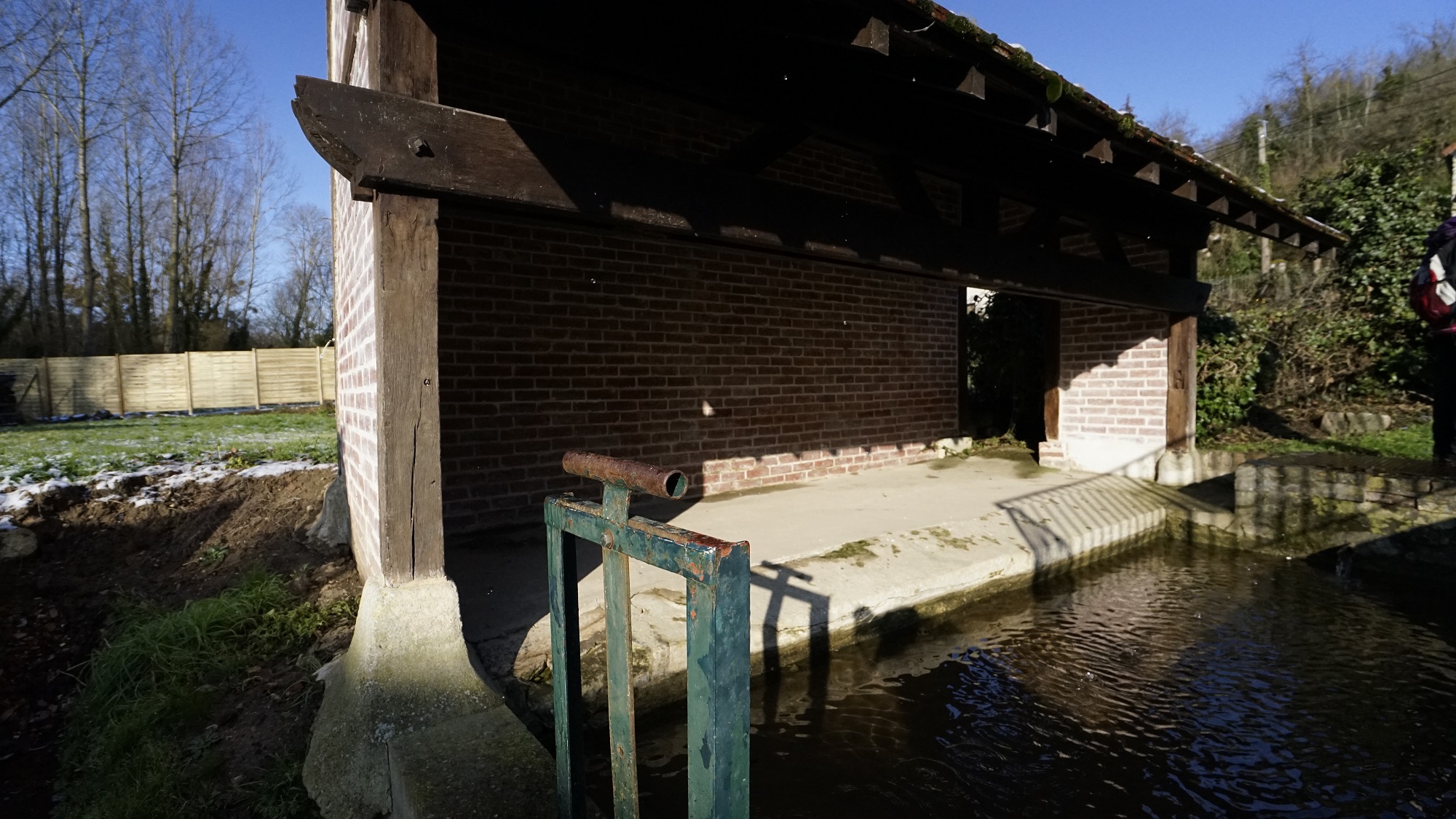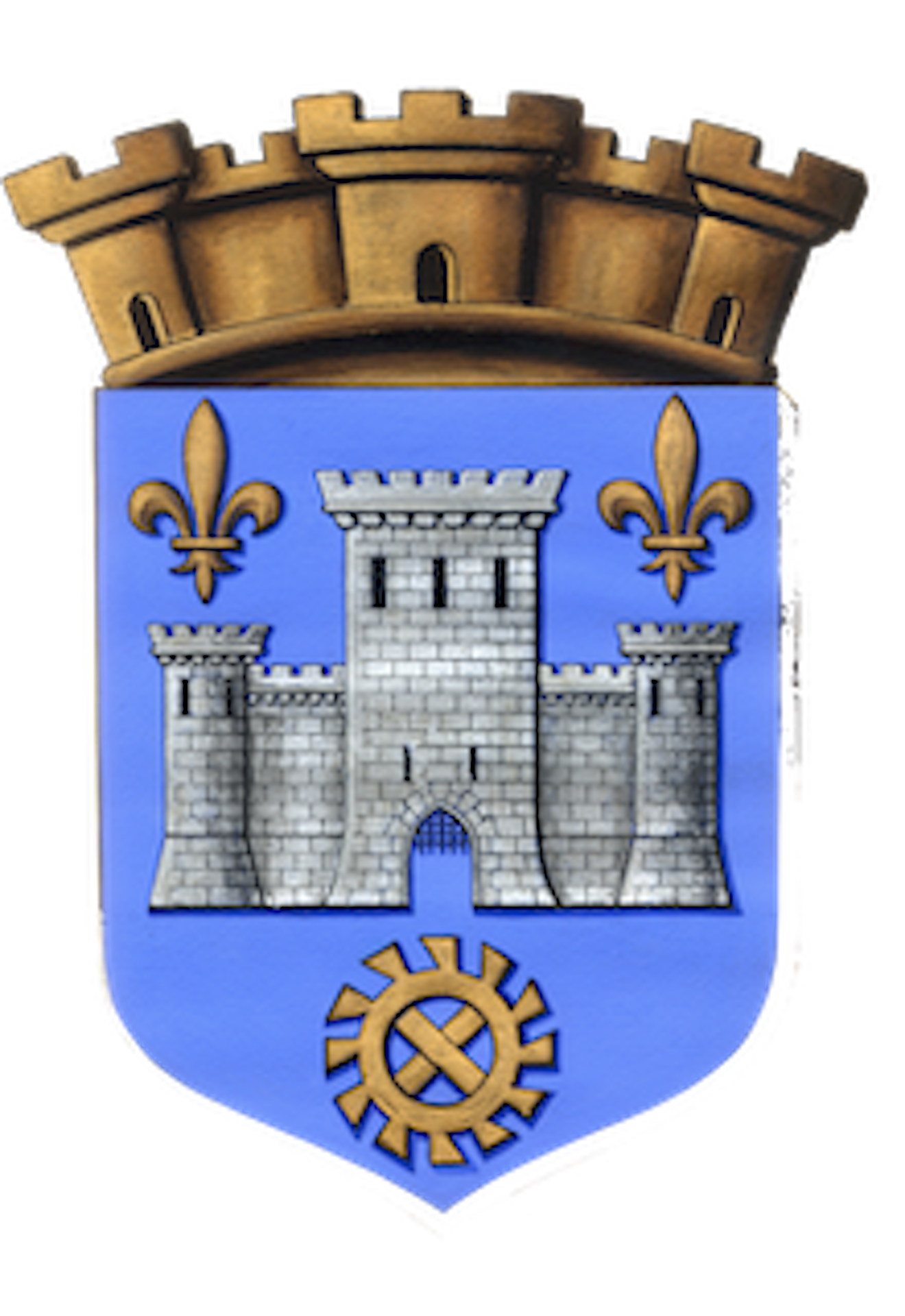Informations directionnelles
Laisser le lavoir à droite, descendre et prendre à droite. Marcher environ 100 mètres puis remonter à droite pour retourner sur la rue Baleydier. Prendre à gauche jusqu’à la Fondation Dufraine.
Prochain point : lat="49.15598" lon="1.93838"
WASH HOUSE
Developing water resources
The River Viosne…
As the climate changes, the combined action of wind and rain shapes the landscape, while erosion contributes to developing the network of rivers and watercourses. In places, the water seeps into the layers of meulière, a siliceous stone found in France, releasing the sands underneath and sometimes getting trapped in the marl and clay (creating marshes and groundwater) or reaching the limestone layers and forming valleys.
The source of the River Viosne is at Bachaumont in Lavilletertre and meets the Oise at Pontoise. The course of the river has changed over the centuries, including a diversion and channelling to straighten its course. Some of the islands have disappeared and bridge heights have also changed over time. The mills in the valley – there were 38 mills in 1704 – also had an impact: they reduced the rate of flow and increased flooding.
…supplies the wash-house
Dating back to the second half of the 19th century, the wash-house is constructed from hewn local limestone rubble and finished with plaster. The structure is closed on three sides and has a lean-to roof made of interlocking tiles and supported by wooden posts. Sited directly on the Viosnes it has no basin. Wash-houses gradually fell into disuse during the 20th century as running water and household appliances became the norm. The first patents for manual washing machines hand-operated using a crank were filed with France’s industrial property rights institute (INPI) in 1904.




